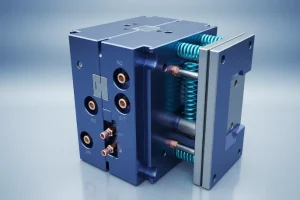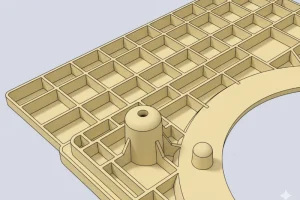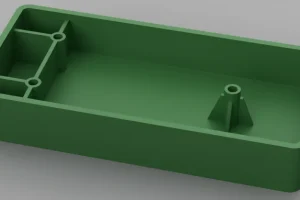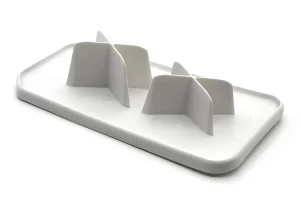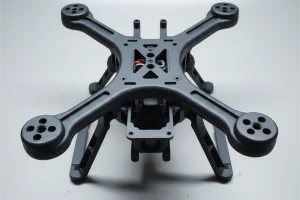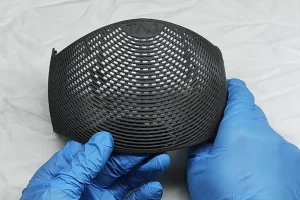What is a hot runner ?
The hot runner is a specialized heating component system designed to maintain molten plastic particles in the gates and runners of an injection mold.
In essence, it acts as an extension of the machine’s barrel, enabling more efficient production processes with faster turnarounds – ultimately resulting in higher quality results.
What are the types of hot runners?
The hot runner system is a vital part of the production process, carefully crafted from key elements to achieve impressive results.
It begins with two types: open and needle valve nozzles that engineers utilize depending on form considerations for optimal performance.
Manifolds, temperature control boxes, and accessories are then incorporated into these systems to ensure successful mold manufacture without fail.

What is the structure of the hot runner system?
Hot runner systems are composed of two types: open hot runners and needle valve units.
The former includes an injection nozzle, manifold, and a hot tip with a corresponding temperature control box as well as accessories; while the latter adds on cylinders or oil cylinders plus a specially designed valve needle to its list.
Hot runner nozzles come in large and sharp varieties for use when multi-cavity/multi-point feeding is deployed – along with single-point eccentric feeders that often take advantage of divider plates too.
The size of the manifold is intricately connected to components like cavity placement, nozzle location and gate positioning.
Temperature control systems typically comprise a host device plus cables, connectors and sockets for wiring – all integral in regulating temperatures of hot nozzles and manifolds using heated accessories such as heaters, thermocouples runners seals ,infrared temperature sensors etc., thereby optimizing performance.

What are the advantages of hot runner technology?
1. Investing in a hot runner system is an excellent way to become more sustainable while also reducing costs.
This innovative technology eliminates the need for a cold runner system, dramatically cutting back on plastic waste generated during injection molding cycles and helping you achieve your sustainability goals without sacrificing profitability.

2. By implementing a hot runner system, injection molding processes can see significant improvement in their efficiency and cycle time.
The heated plastic minimizes the chance of it cooling before reaching the cavity structure, cutting down on costly energy waste while maintaining productivity.
This makes injection molding more cost-effective with increased speed and precision for optimal results
3. Through the use of hot runner systems, manufacturers can ensure superior product quality with more consistent surface finishes and better mechanical properties.
Not only does this streamline production processes by avoiding irregular injection flows, but it also helps to guarantee products that meet exact specifications for dimensional tolerances and high-standard surfaces.
4. Point gates can be used without using three-plate molds.
5. It can economically form a single product with a side gate.
6. Increase the degree of automation.
7. A needle valve gate can be used to control gate freezing.
8. The quality of the injection molded parts of the multi-cavity mold is consistent.
9. Improve the surface aesthetics of injection molded products.
10. Smaller injection pressure can be used, which can effectively reduce the post-deformation of thin-walled products.

What are the disadvantages of hot runner technology?
However, each technology has its shortcomings, and hot runner technology is no exception:
1. The mold structure is complex, the cost is high, and the maintenance cost is high.
2. It takes a period for the process to be stable after starting up, resulting in more waste products at the beginning.
3. When melt leakage or heating element failure occurs, it will have a great impact on product quality and production progress.
The third disadvantage above can be reduced by purchasing high-quality heating elements, hot runner plates, and nozzles and maintaining them carefully during use.

Conclusion
A hot runner system can be a valuable component of an injection molding machine, allowing for improved quality and efficiency while also reducing material waste.
With careful temperature control, it is possible to achieve uniform injection molded parts that exceed those created with traditional cold-runner systems; however, the complexity and cost must not be overlooked when considering this upgrade in the production process.


